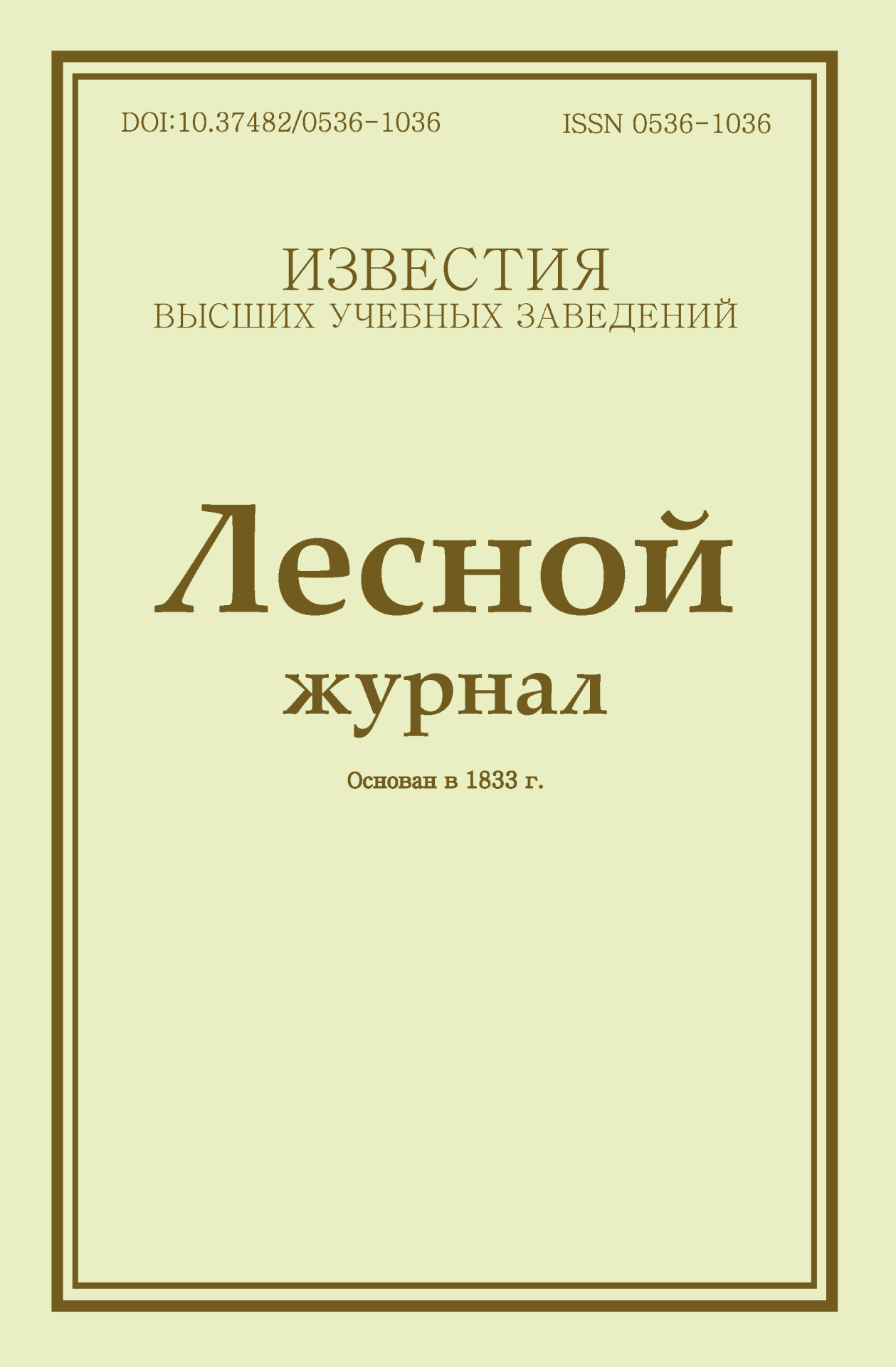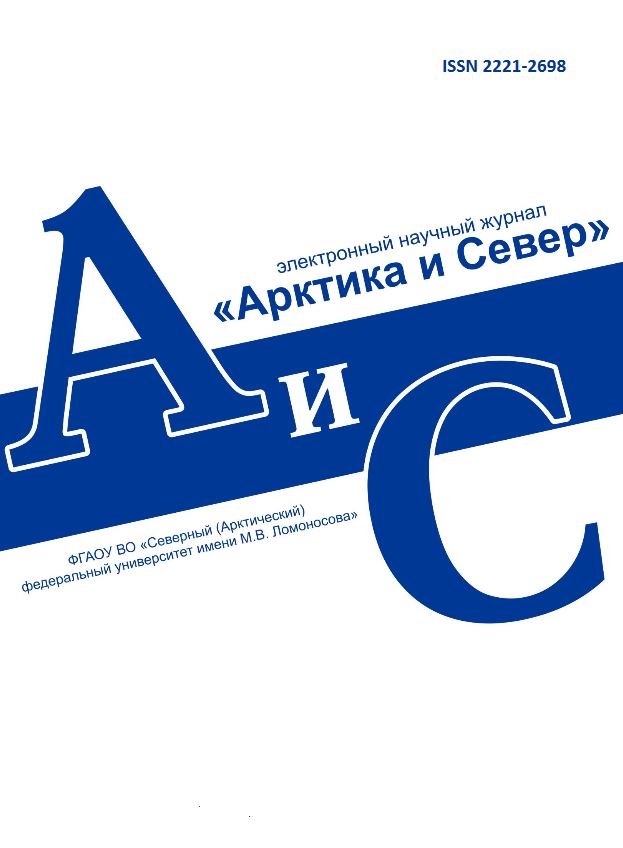
 

Legal and postal addresses of the founder and publisher: Northern (Arctic) Federal University named after M.V. Lomonosov, Naberezhnaya Severnoy Dviny, 17, Arkhangelsk, 163002, Russian Federation
Editorial office address: Vestnik of Northern (Arctic) Federal University. Series "Humanitarian and Social Sciences", 56 ul. Uritskogo, Arkhangelsk
Phone: (8182) 21-61-20, ext. 18-20
E-mail: vestnik_gum@narfu.ru
https://vestnikgum.ru/en/
|
Dynamic Stability as a Category of Dialectic Interaction Between Chaos and Cosmos in the Ontology of Network Existence. C. 114-123
|
 |
Section: Philosophy
Download
(pdf, 0.6MB )
UDC
162.6+111.5
DOI
10.37482/2687-1505-V339
Authors
Mikhail G. Bresler
Cand. Sci. (Philos.), Assoc. Prof. at the Department of International Relations, History and Oriental Studies, Ufa State Petroleum Technological University, Head of the Interdisciplinary Digital Laboratory of Future Construction “Digital Future” (address: ul. Chernyshevskogo 145, Ufa, 450078, Russia).
Abstract
The increasing information flow has led to, inter alia, the dominant role of networking in communications. Devirtualization of networking in information and physical networks has made it possible to introduce network discourse into modern philosophy. The study of writings by Laozi, Confucius and their followers demonstrates that network discourse and network thinking were developed in the philosophical works of ancient Chinese scholars as representatives of Eastern philosophical discourse. At the same time, Western philosophical discourse, which can be traced to Plato and Aristotle, rests on linear logic and linear thinking. It is only towards the end of the 20th century that the linear/network thinking opposition weakened with the recognition of network interaction, under the influence of a profound transformation during the transition to a new stage of civilization’s development, that is, to the information/digital society. This can be illustrated by the evolution of the perception of the categories chaos and cosmos in Western (linear) and Eastern (network) philosophical discourse as the basis of the development of the modern representation of dynamic stability of the network interaction system. Using the information and communication method, this paper analyses Western and Eastern philosophical discourse from the Axial Age to the present day and substantiates the introduction of the category of dynamic stability. The latter stands for a dialectically connected process of creation/destruction of communications between actors of a network interaction under the influence of the dynamics of information exchange, which indicates that a network interaction system is autopoietic. Further development of the concept of dynamic stability requires creating a mathematical apparatus for calculating measures, that is, information entropy, of a dynamically stable network. These purely abstract studies are expected to be of practical importance for the development of social networks of interpersonal and intergroup communication.
Keywords
chaos, cosmos, dynamic stability, network community, linear thinking, network thinking, Western philosophical discourse, Eastern philosophical discourse
References
- Latour B. On Actor-Network Theory: A Few Clarifications. Soziale Welt, 1996, vol. 47, no. 4, pp. 369–381. Available at: http://www.jstor.org/stable/40878163 (accessed: 20 March 2023).
- Callon M., Latour B. Don’t Throw the Baby Out with the Bath School! A Reply to Collins and Yearley. Pickering A. (ed.). Science as Practice and Culture. Chicago, 1992, pp. 343–368. Available at: www.bruno-latour.fr/sites/default/ files/49-CHICKEN-PICKERING-GB.pdf (accessed: 20 March 2023).
- Bresler M.G. Aksial’nyy faktor v sotsial’nykh protsessakh informatsionnogo obshchestva: filosofskiy analiz [Axial Factor in the Social Processes of the Information Society: A Philosophical Analysis]. Ekonomika i upravlenie: nauchno-prakticheskiy zhurnal, 2017, no. 2, pp. 105–109.
- Albert R., Barabási A.-L. Statistical Mechanics of Complex Networks. Rev. Mod. Phys., 2002, vol. 74, no. 1. Art. no. 47. https://doi.org/10.1103/RevModPhys.74.47
- Hassan K., Islam L., Haque S.A. Degree Distribution, Rank-Size Distribution, and Leadership Persistence in Mediation-Driven Attachment Networks. Physica A Stat. Mech. Appl., 2017, vol. 469, pp. 23–30. https://doi.org/10.1016/j.physa.2016.11.001
- Kolesova L.A. Zolotaya utopiya [Golden Utopia]. Moscow, 2013. 571 p. Available at: https://spkurdyumov.ru/future/zolotaya-utopiya (accessed: 10 September 2023).
- Danzer G. Chaos, Kosmos und der Versuch der großen Ordnung. Danzer G. Tief ist der Brunnen der Vergangenheit: Mythos, Logos und Person. Wiesbaden, 2022, pp. 125–132. https://doi.org/10.1007/978-3-658-36927-9_9
- Plato. Timey [Timaeus]. Losev A.F., Asmus V.F., Takho-Godi A.A. (eds.). Sobranie sochineniy [Collected Works]. Moscow, 1994. Vol. 3, pp. 421–500.
- Stelzer P. Chaos und Ordnung: Poetik und Politik der Elemente. Stelzer P. Anfänge der Globalisierung. Leiden, 2022, pp. 39–62. https://doi.org/10.30965/9783846767320_004
- Kulik A.V. Plato’s Thoughts Concerning Chaos. Uchenye zapiski Tavricheskogo natsional’nogo universiteta im. V.I. Vernadskogo. Ser.: Filosofiya. Kul’turologiya. Politologiya. Sotsiologiya, 2013, vol. 26, no. 4, pp. 119–126 (in Russ.).
- Voloshinov A., Tabojakova Y. Chaos Ancient and Modern. Chelovek, 2018, no. 4, pp. 49–65 (in Russ.). https://doi.org/10.31857/S023620070000318-6
- Akyıldız Y. The Philosophy of Chaos in Cinema: An Analysis on the Movie Mr. Nobody. SineFilozofi, 2023, vol. 8, no. 15, pp. 152–181. https://doi.org/10.31122/sinefilozofi.1233999
- Mitroshenkov O.A. Teoriya upravlyaemogo khaosa: ispol’zovat’ sebe vo blago [Theory of Controlled Chaos: Use for Your Advantages]. Vlast’, 2017, vol. 25, no. 8, pp. 64–73.
- Budanov V. Synergetic Paradigm and Its Creators. Complex. Mind Postnonclassic, 2018. no. 3, pp. 56–72 (in Russ.). https://doi.org/10.12737/article_5c063435bc0800.62284481
- Prigogine I., Stengers I. Order out of Chaos: Man’s New Dialogue with Nature. London, 1984. 349 p. (Russ. ed.: Prigozhin I., Stengers I. Poryadok iz khaosa. Novyy dialog cheloveka s prirodoy. Moscow, 1986. 431 p.).
- Feigenbaum M. Universal’nost’ v povedenii nelineynykh sistem [Universal Behaviour in Nonlinear Systems]. Uspekhi fizicheskikh nauk, 1983, vol. 141, no. 2, pp. 343–374. https://doi.org/10.3367/UFNr.0141.198310e.0343
- Lanshchikova G.A., Pozdnyakova T.Yu., Amirzhanova A.Sh. Sinergeticheskie osnovy samoorganizatsii material’noy sistemy “khaos-poryadok” v digital’nom samoobrazovanii [Synergetic Bases of Self-Organization of the “Chaos–Order” Material System in Digital Formation]. Vestnik Omskogo gosudarstvennogo pedagogicheskogo universiteta. Gumanitarnye issledovaniya, 2020, no. 3, pp. 15–20. https://doi.org/10.36809/2309-9380-2020-28-15-20
- Bresler M.G., Demichev I.V. Network Discourse of Western and Eastern Philosophy. Virtual Commun. Soc. Netw., 2023, vol. 2, no. 4, pp. 264–274 (in Russ.). https://doi.org/10.21603/2782-4799-2023-2-4-264-274
- Itszin. Kniga peremen [I Ching. Book of Changes]. Moscow, 2019.
- Klimovich V. Representation of the Concept of Chaos in Early Taoist Texts. Vesnik Belaruskaga dzjarzhawnaga wniversitjeta kul”tury i mastactvaw, 2019, no. 4, pp. 42–48 (in Russ.).
- Zhuangzi. Liezi. Мoscow, 2021. 440 p. (in Russ.).
- The Essence of Confucianism in Tibet. Vol. 128, no. 20. “Taiji Tu Shuo” and “Tong Shu”. Available at: https://chinakongzi.org/zx/201711/t20171120_147585.htm (accessed: 20 March 2024) (in Chin.).
- Zhang Xianglong. Zhou Dunyi’s “Taiji Tu Shuo” and Its Connection with “I Ching” (Book of Changes). Available at: https://www.rujiazg.com/article/5580 (accessed: 20 March 2024) (in Chin.).
- D’yakov A.V. Feliks Gvattari: Shizoanaliz i proizvodstvo sub”ektivnosti [Félix Guattari: Schizoanalysis and the Production of Subjectivity]. Kursk, 2006. 246 p.
- Genosko G. Félix Guattari, Zen and Chaosmosis. China Media Res., 2021, vol. 17, no. 3, pp. 41–54.
- Smolin L. Views, Variety, and Celestial Spheres. Lestienne R., Harris P.A. (eds.). Time and Science. Vol. 3. Physical Sciences and Cosmology. London, 2023, pp. 239–268. https://doi.org/10.1142/9781800613775_0009
- Hui Y. Recursivity and Contingency. London, 2019. 337 p. (Russ. ed.: Khuey Yuk. Rekursivnost’ i kontingentnost’. Мoscow, 2020. 400 p.).
- Luhmann N. Die Realitat der Massenmedien. Wiesbaden, 2004. 220 p. (Russ. ed.: Luman N. Real’nost’ massmedia. Moscow, 2005. 256 p.).
- Bateson G. Steps to an Ecology of Mind. New York, 1972. 545 p. (Russ. ed.: Beytson G. Ekologiya razuma. Izbrannye stat’i po antropologii, psikhiatrii i epistemeologii. Moscow, 2000. 476 p.).
- Chang Y.-F. Development of Entropy Change in Philosophy of Science. Philos. Study, 2020, vol. 10, no. 9, pp. 517–524. https://doi.org/10.17265/2159-5313/2020.09.001
- Bresler M.G. Tezisy setevoy logiki [Theses of Network Logic]. Analiticheskaya filosofiya: traektorii istorii i vektory razvitiya [Analytical Philosophy: Trajectories of History and Vectors of Development]. Novosibirsk, 2022, pp. 9–16. https://doi.org/10.47850/S.2022.1.2
|
Make a Submission











Journal of Medical and Biological
Research

Forest Journal

Arctic and North


|







